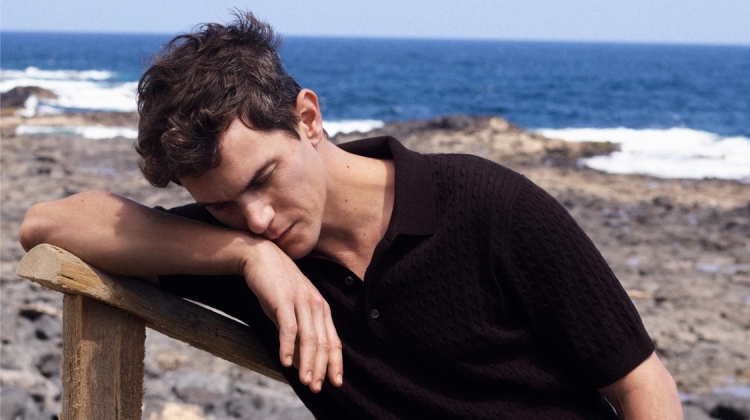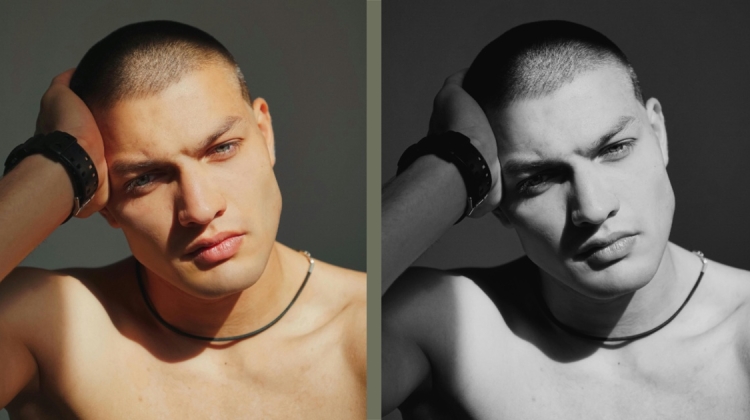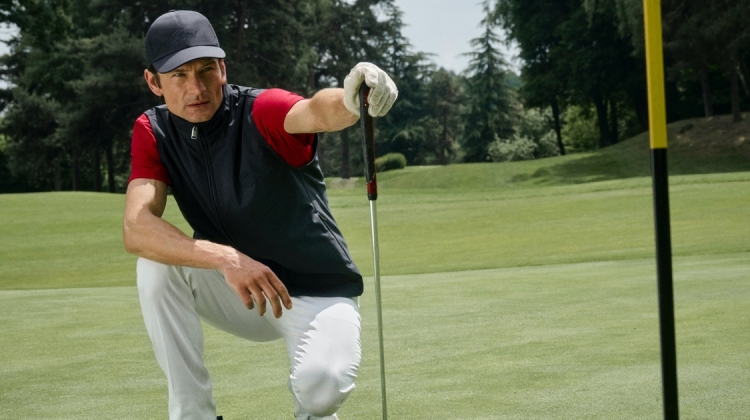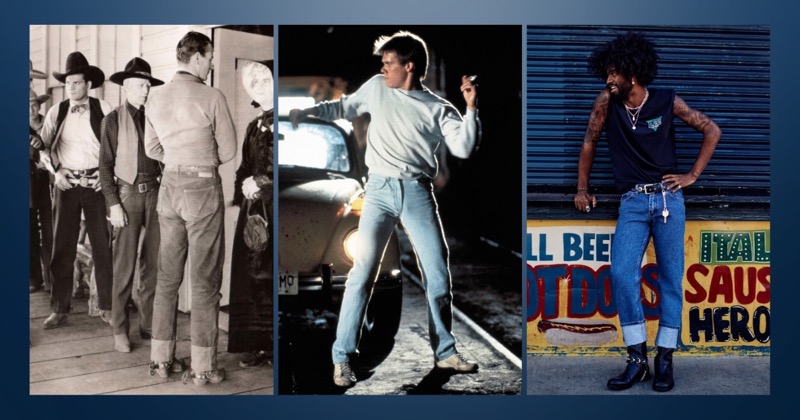
From the rugged terrains of California to the chic boutiques of Paris, the history of jeans spans continents and centuries. What began in the demanding world of manual labor evolved into a global staple, worn across cultures and generations. Today, all types of jeans reflect that legacy, from workwear originals to more refined silhouettes.
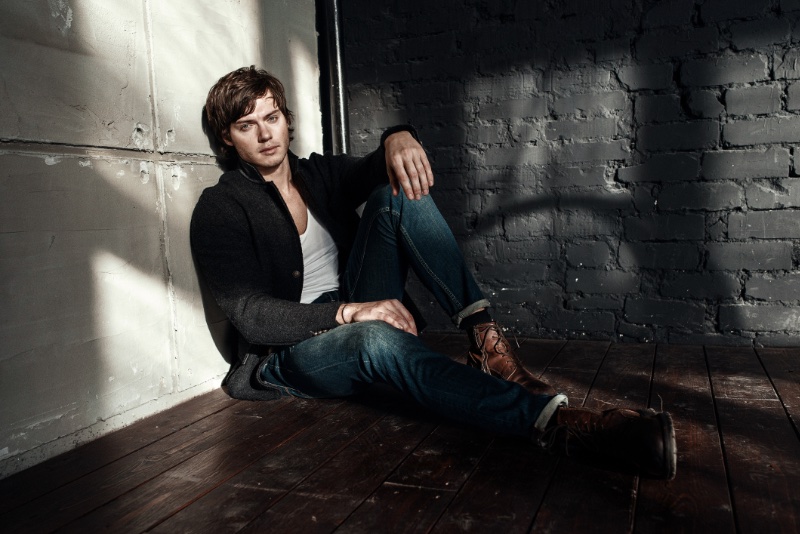
As workwear evolved, so too did jeans, and they became a staple in wardrobes worldwide. The intrigue of this garment’s journey captivates many, reflecting its transformation from a symbol of toil to an icon of fashion and individual expression.

These denim trousers have transcended boundaries, cultures, and classes, becoming a universal symbol of style and ease. Beyond being a popular garment, jeans represent an evolutionary timeline that has embraced and adapted to various fashion trends, societal changes, and personal needs.
The history of jeans showcases the potential for a simple garment to grow and redefine itself continually, embracing both the past and the present in its fabric.
The Genesis of Denim: A French Innovation

In fabric history, the origin of denim holds a special place. The story unfolds in the late 17th century in the heart of France, in a town named Nîmes. At the time, French weavers attempted to replicate a hard wearing fabric called “Jeane,” named after the city of Genoa in Italy. In pursuing this replication, they used two different threads on their looms, one dyed dark blue and one left white.
Although their efforts to perfectly mirror the jeane fabric were unsuccessful, a fascinating byproduct was born. The fabric they crafted, named initially “Serge de Nîmes,” signifying twill of Nîmes, would later become globally renowned as denim.
The French artisans’ innovative method of weaving together contrasting threads resulted in the iconic blue on one side and white on the other, synonymous with jeans today.

The creation of this sturdy fabric marked the emergence of a material that would transcend its humble beginnings. Through trial and innovation, the weavers inadvertently made the first form of denim, laying the foundation for a fabric that would redefine fashion for centuries.
The Emergence of Jeans: A Linguistic Journey
Intriguingly, “jeans” originates from the French term for Genoa, “Genes.” Initially manufactured in Genoa, Italy, the sturdy, blue fabric was known as “bleu de Genes.” As the fabric crossed borders and gained popularity, it was eventually translated into “blue jeans.”
The blend of linguistic and textile craftsmanship adds another layer to the rich history of denim, tying together the worlds of fashion, language, and cultural exchange.
The Jeans Origin Story: A Collaboration
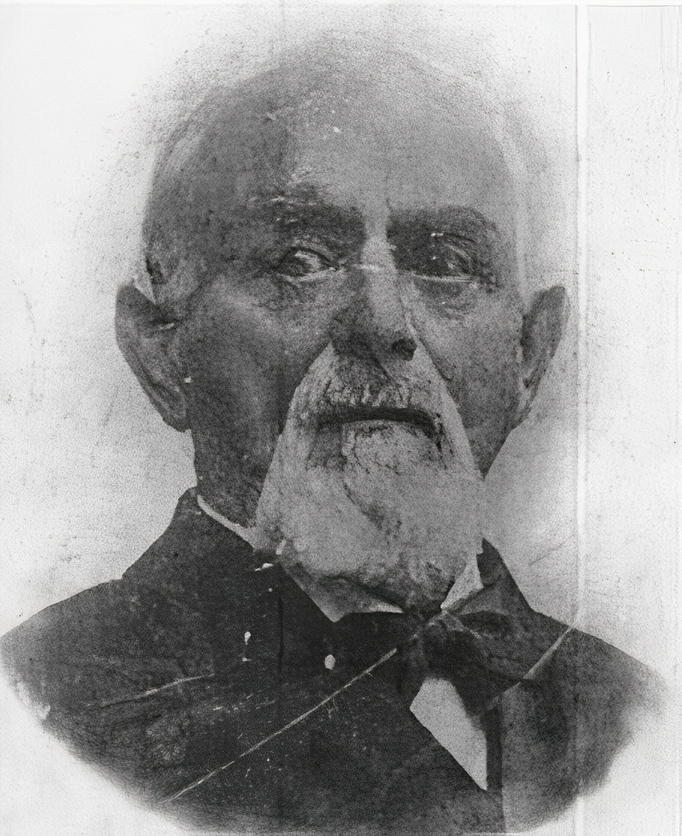

The year 1873 stands as a defining moment in the history of denim jeans. A tailor named Jacob Davis, known for crafting durable items like tents and wagon covers from the denim imported by businessman Levi Strauss, received an order for a pair of sturdy trousers that could endure manual labor demands.
This collaboration between Davis and Strauss led to the creation of riveted denim pants. This garment would soon become a staple in the wardrobes of working men and eventually a symbol of casual fashion worldwide. Davis’s insightful solution incorporated copper rivets at points prone to strain, such as pocket corners and fly bottoms.
This simple yet revolutionary addition significantly increased the lifespan of the trousers, turning them into a sought-after commodity among the hardworking populace. Recognizing the potential of this innovation, Davis proposed a partnership with Strauss to patent and mass-produce these riveted trousers.
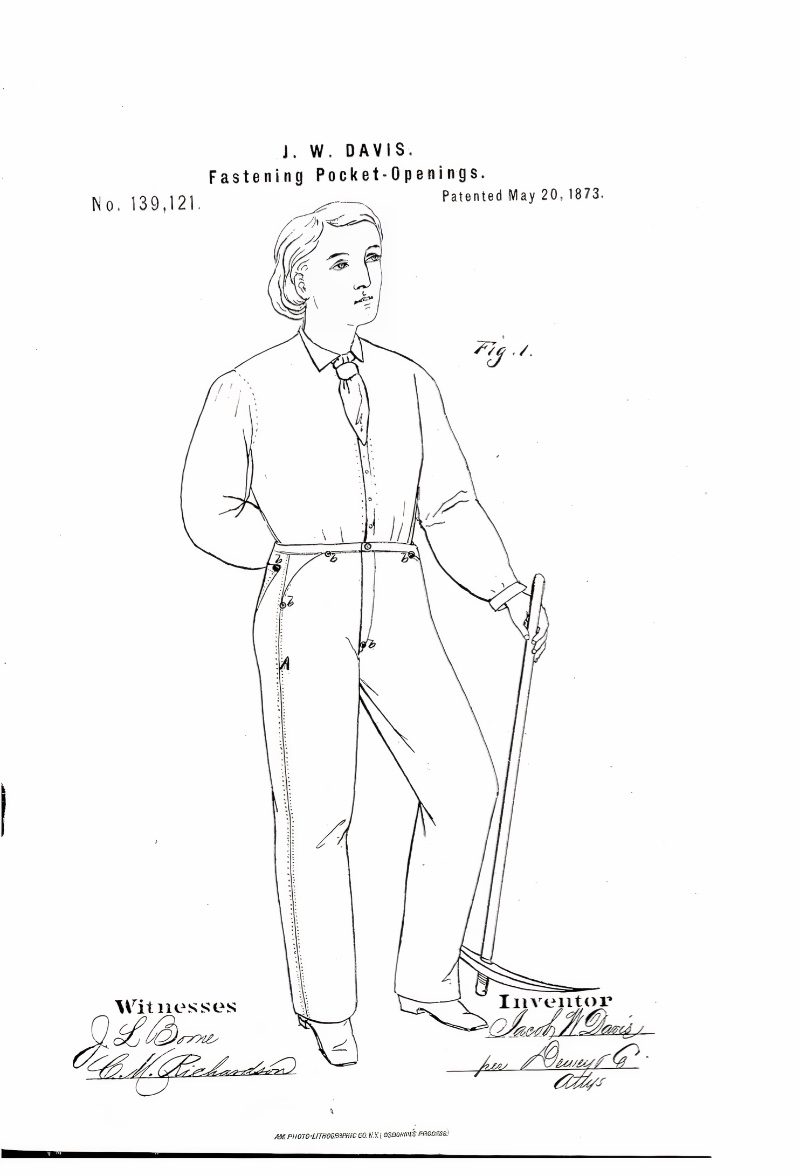

Strauss, who had moved from his native Germany to San Francisco in 1853 and had already been involved in importing the blue, hard wearing fabric, accepted Davis’s offer. Together, they received US patent No. 139,121 for an “Improvement in Fastening Pocket-Openings” on May 20, 1873. This marked the official birth of the first pair of blue jeans.
Their collaboration quickly blossomed into a thriving business, producing overalls for the workforce of manual laborers, all reinforced with metal rivets.
Levi Strauss: The Pioneer of Modern Jeans
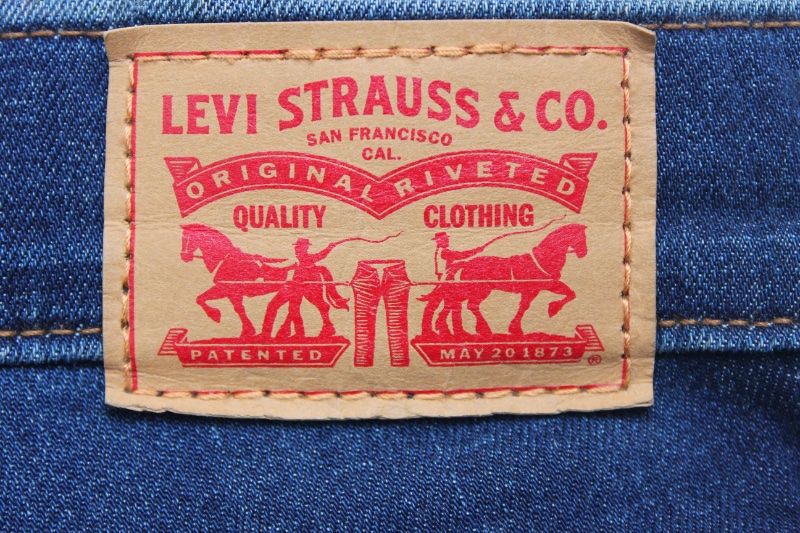
By the early 1890s, the partnership between Strauss and Davis had culminated in the production of jeans with the all-important metal rivets. The first pair of Levi’s were created as we know and appreciate them today.
The partnership’s enduring legacy laid the groundwork for an industry that continues to innovate and inspire. The resilience of the riveted jeans mirrored the robust spirit of the time, encapsulating the essence of practicality, creativity, and timelessness that has kept jeans at the forefront of fashion for generations.
Denim Through the Decades: A Timeless Trend

At the dawn of the twentieth century, jeans became the staple wardrobe item we recognize today. Brands like Levi Strauss, Wrangler, and Lee began crafting these durable garments, and they soon became standard for manual workers like miners and carpenters.
Their hard wearing abilities and comfort made them popular among cowboys, firmly embedding jeans into the American workwear culture.
The Early 1900s

In the early 1900s, jeans were primarily associated with the working class and rugged labor. Worn by miners, farmers, and railroad workers, denim’s durability made it an essential part of the working man’s wardrobe. These years laid the foundation for denim’s role in American culture.
The 1910s
The 1910s continued to see jeans as a symbol of the working class. However, with the outbreak of World War I, denim became part of the military uniform for specific tasks, reinforcing its image as durable workwear.
The 1920s
The Roaring Twenties saw a cultural shift, but jeans remained a practical choice for laborers. Despite a firm entrenchment in the working world, mainstream fashion did not embrace them.
The 1930s
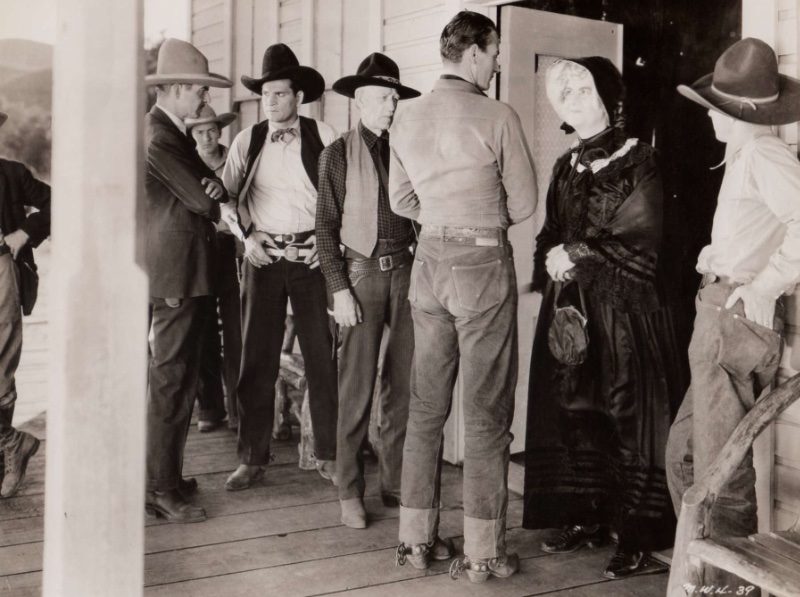
In the 1930s, jeans gained cultural traction beyond the working class. Hollywood westerns started to romanticize the cowboy image, and jeans became synonymous with this rugged and adventurous lifestyle.
The 1940s
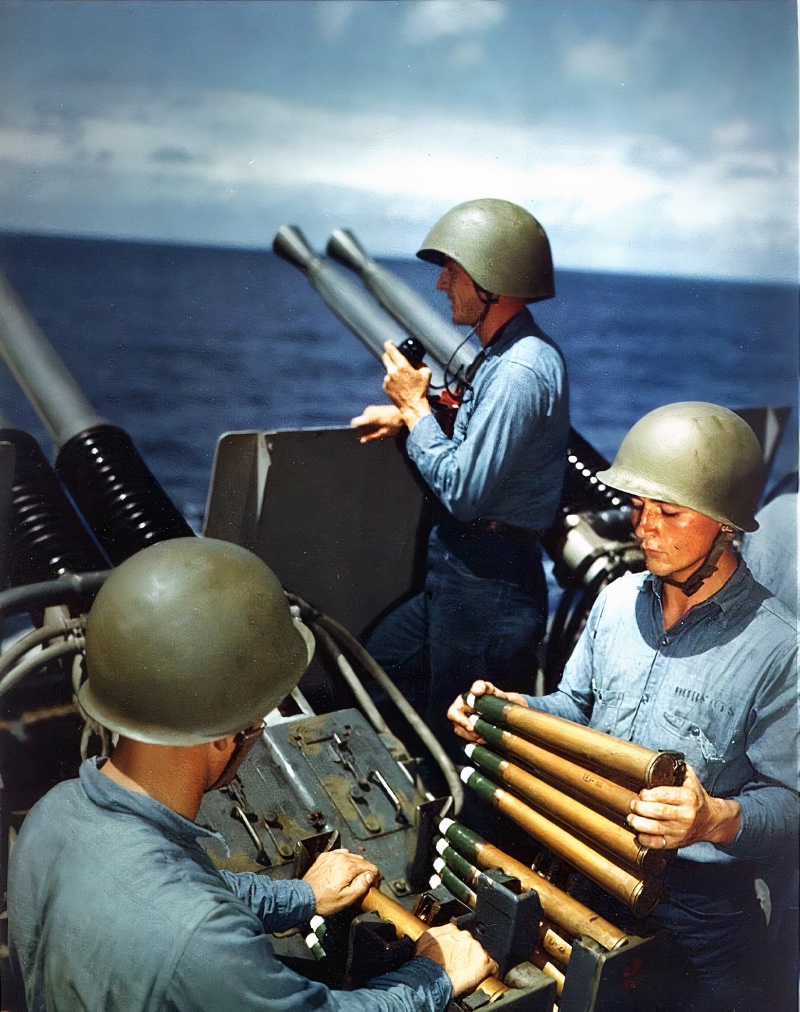
The 1940s brought jeans to the global stage as American GIs wore them overseas. Although wartime restrictions slowed denim production, turning jeans more into leisurewear, their appeal as an exotic item from America elevated their popularity, mostly among men.
The 1950s

In the 1950s, jeans symbolized rebellion among the rising teenage generation. Icons like James Dean and Marlon Brando and stars like Marilyn Monroe embraced straight-legged jeans, associating them with a rebellious edge.
Though jeans became fashionable, they were still predominantly worn by men during this decade.
The 1960s

The era of free love and anti-war protests in the 1960s saw a shift towards casual and individualized dressing. Jeans were often customized with fabric paint, rhinestones, and flares. Double denim emerged, adorned with patches that expressed the wearer’s political views.
The 1970s
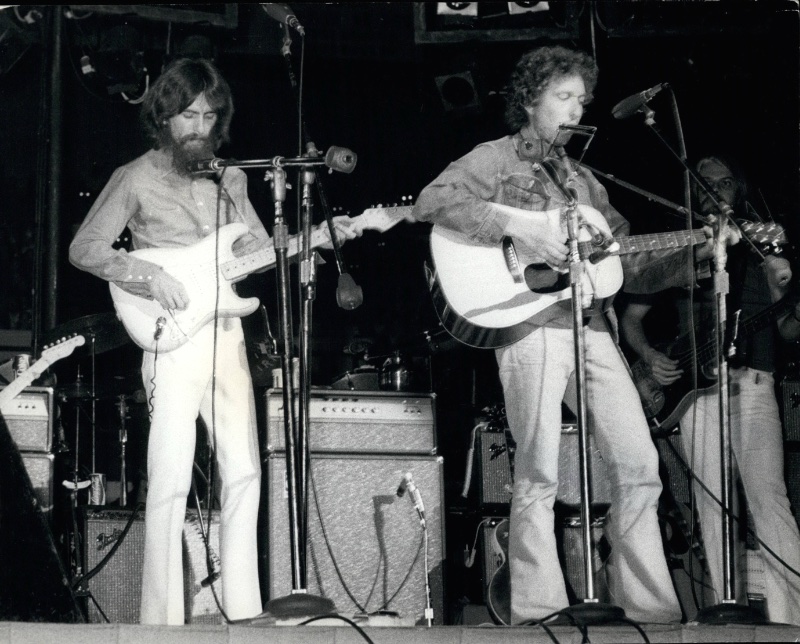
The 70s expanded the flared jeans trend and brought denim into everyday wear for people from all walks of life. Women began wearing jeans as much as men, and personalization remained a vibrant trend.
The 1980s
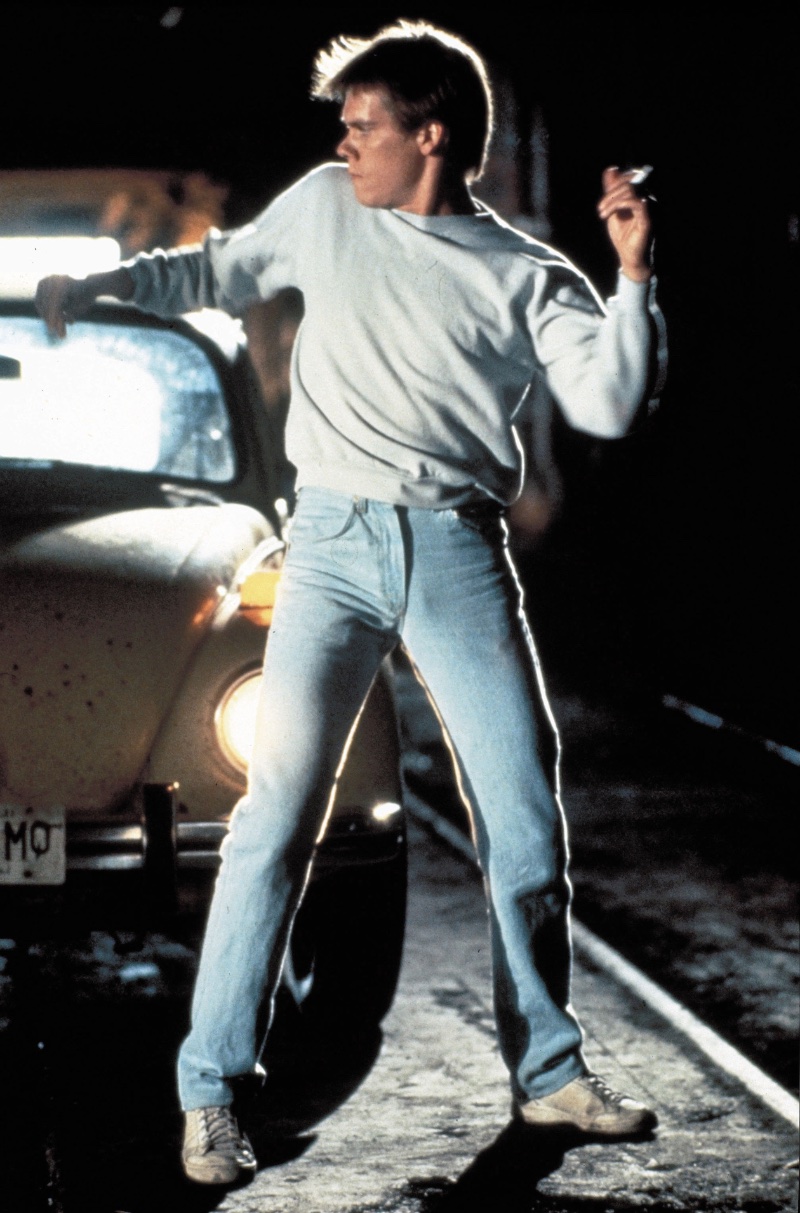
Designer denim made its mark in the 80s, with skinny jeans and stone or acid washes defining the decade’s signature look—a sharp departure from classic indigo. For 80s men, denim became a canvas for attitude, pushing boundaries in both fit and finish.
The 1990s
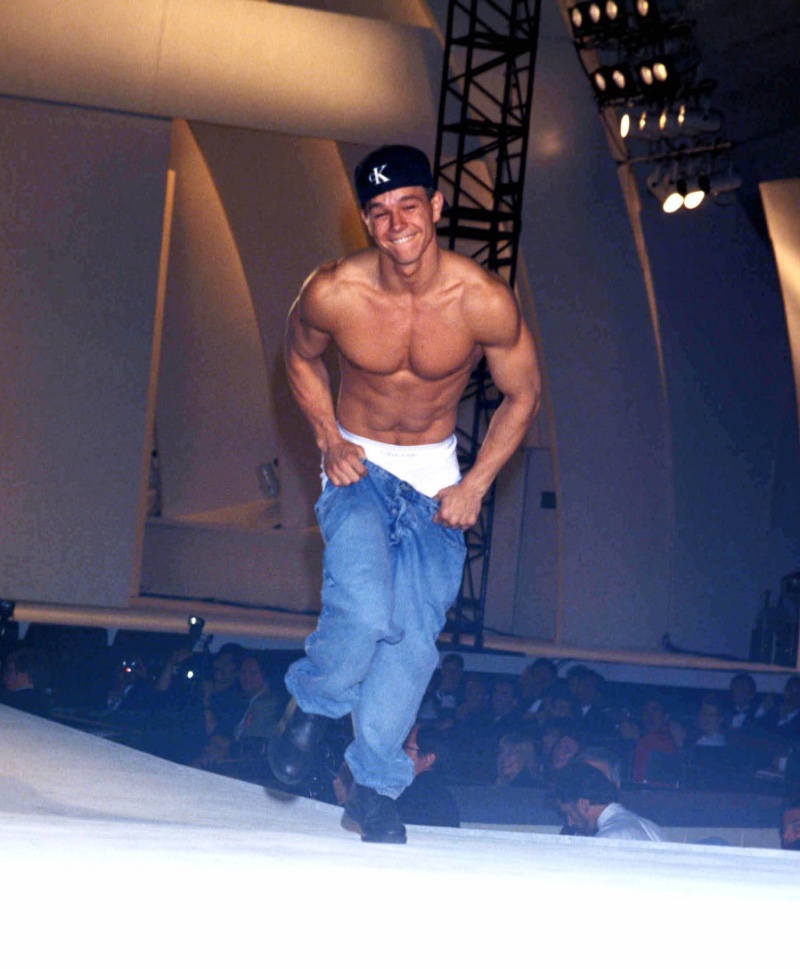
The 90s embraced a more relaxed look with baggy jeans and dungarees. Influenced by pop culture and the rise of Hip-Hop, baggy jeans became a popular high-street trend.
This era also saw the return of double denim and the use of jeans as a canvas for personal expression, reflecting the cultural shifts of the time.
The 2000s
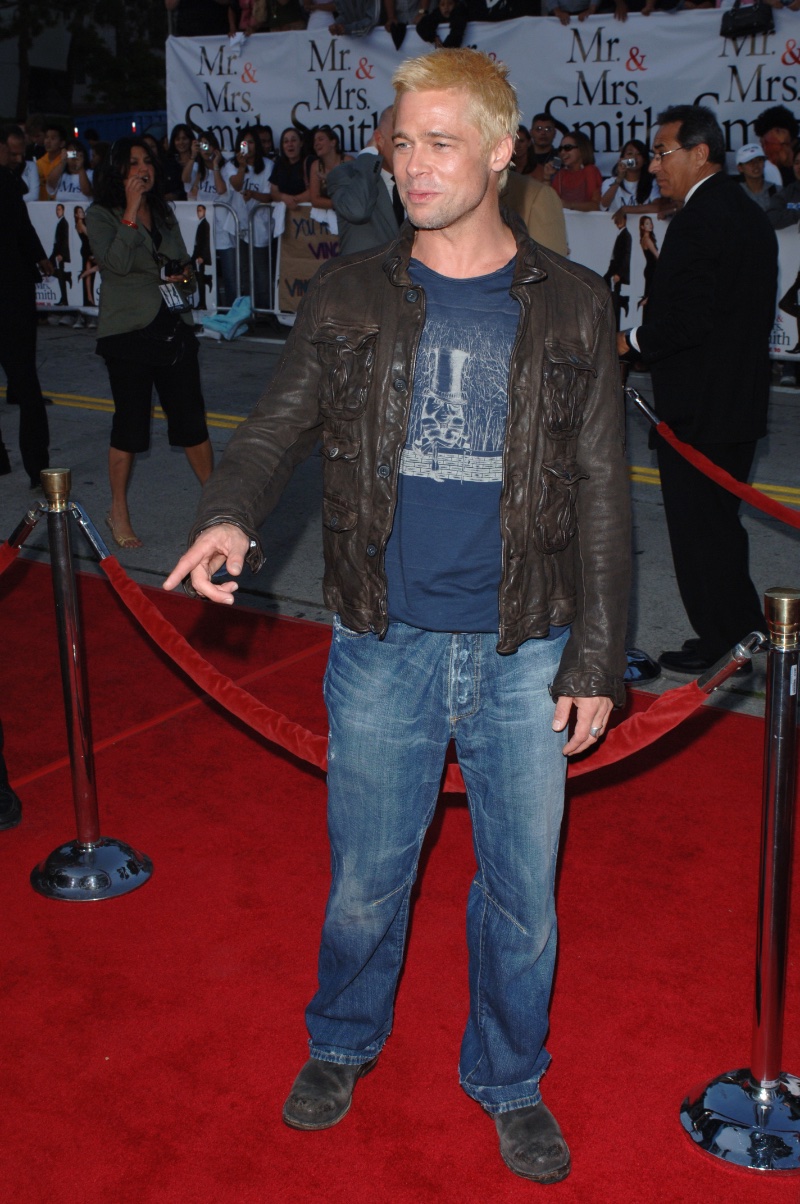
The new millennium revived personalized jeans, featuring low-rise cuts in skinny or boot styles. A cornerstone of men’s 2000s style, this denim revival echoed the 60s while channeling a fresh wave of individual expression.
2010 & Onwards

Skinny jeans remained a favorite from the 2010s to 2020, and flares began making a comeback towards the end of the decade. Jeans’ enduring trend showcased styles for every person and occasion.
Today’s Jeans

Today, jeans are a versatile fashion staple, evolving from durable workwear into myriad styles, cuts, and colors. The cylinder cycle of fashion has brought many past styles back, reflecting denim’s timeless appeal and adaptability.
As fashion tastes continue to evolve, the world of denim keeps innovating and inspiring, cementing jeans’ place as a wardrobe essential for men and women alike. The journey of jeans, from their origins to the present day, mirrors a fascinating and diverse narrative, much like the fabric itself.

